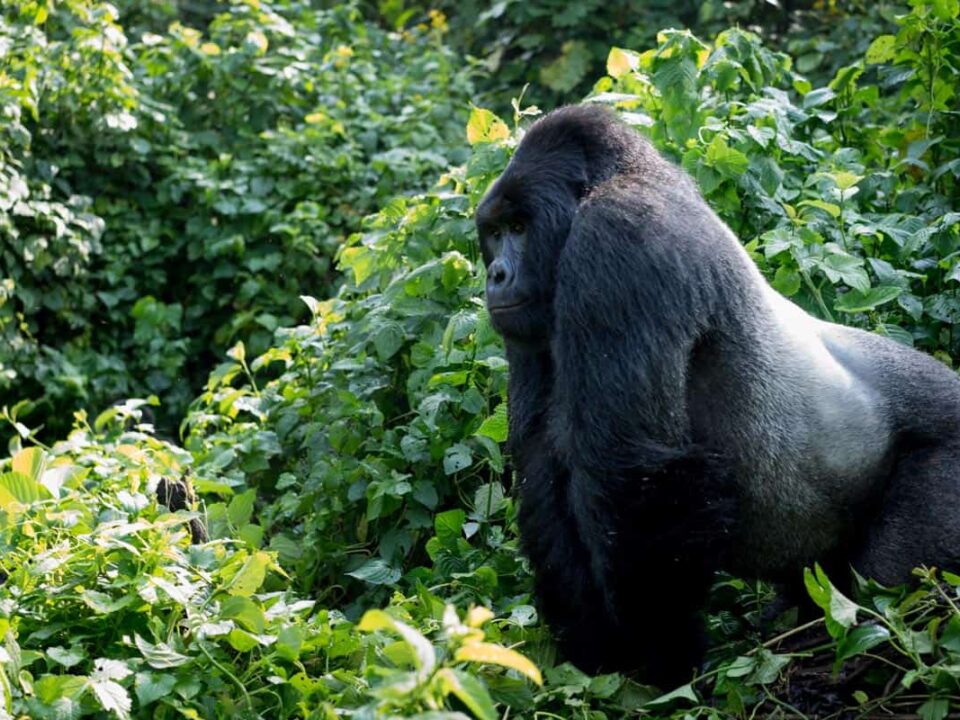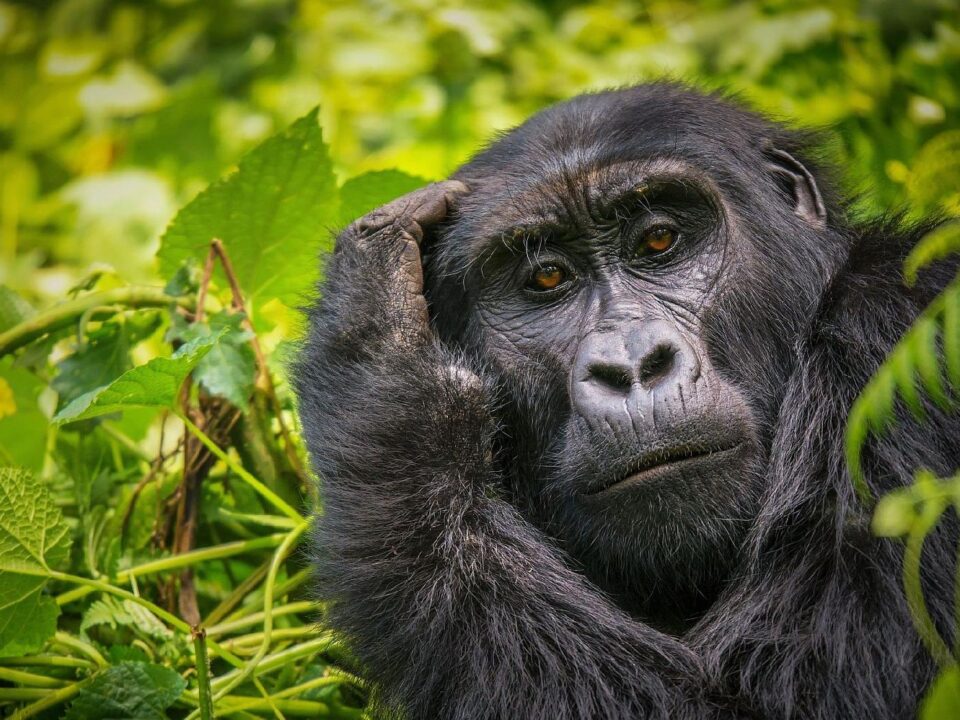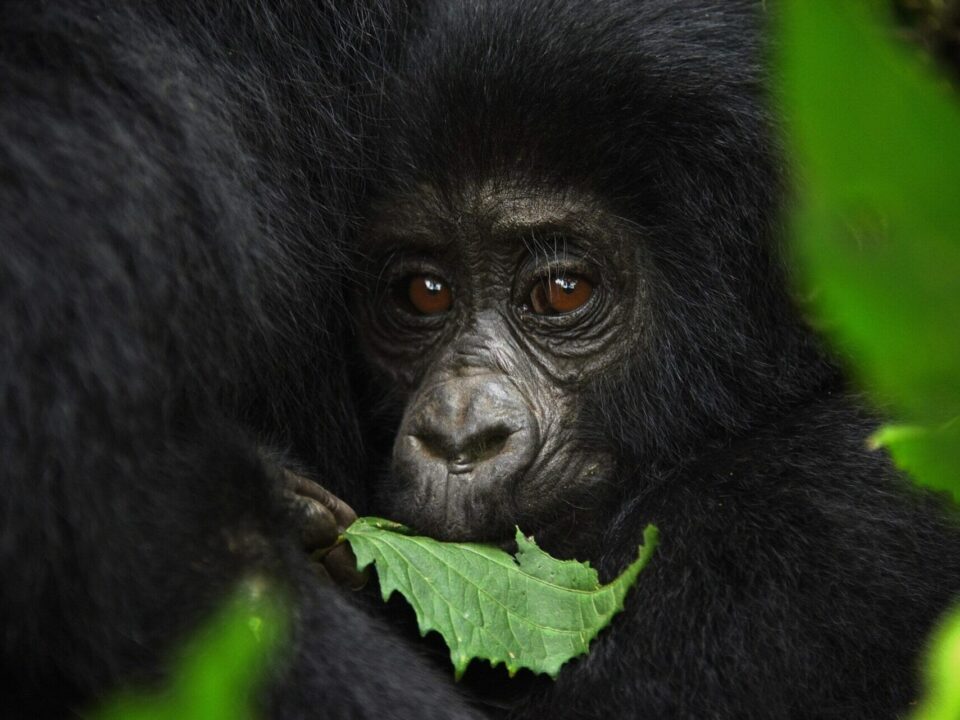Gorilla Families/ Groups in Ruhija Sector in Bwindi Impenetrable National Park

Gorilla Families/ Groups and Permits in Buhoma Sector
January 3, 2023
Gorilla Families/ Groups in Rushaga Sector in Bwindi Impenetrable National Park
January 3, 2023Gorilla Families/ Groups in Ruhija Sector in Bwindi Impenetrable National Park
The Ruhija sector of Bwindi Impenetrable National Park is home to four habituated gorilla families: the Bitukura, Kyaguriro, Oruzogo, and Mukiza (also known as Kyaguriro B) families. This sector is located in the eastern part of the park, between Kabale town and Buhoma sector. Bwindi Impenetrable National Park is located in southwestern Uganda and is the most popular destination for mountain gorilla trekking due to the high number of gorillas that live in the park.
Gorilla trekking in Uganda involves visitors hiking into the forest to search for mountain gorillas and spending an hour with them in their natural habitat. In addition to the Ruhija sector, gorilla trekking is also available in the Nkuringo sector in the south, the Buhoma sector in the north, and the Rushaga sector in the south of Bwindi Impenetrable National Park.
Gorilla families in Ruhija Sector
- Bitukura Gorilla family
- Kyaguriro Gorilla family
- Oruzogo Gorilla family
Bitukura Gorilla Family
The Bitukura family is one of the gorilla groups that can be visited in the Ruhija sector of Bwindi Impenetrable National Park. The group was named after the Bitukura River, where it was first spotted. The Bitukura family was fully habituated in 2007 and 2008, a process that typically takes other groups two to three years to complete. This makes the Bitukura family the only group in Bwindi Impenetrable National Park to be fully habituated in just one year.
The Bitukura family, which can be found in the Ruhija sector of Bwindi Impenetrable National Park, is known for being a peaceful and friendly group. It consists of 13 members, including four silverbacks (Karamuzi, Rukumu, Rukara, and Ndahura, the youngest and dominant silverback). Ndahura took over as leader from the former leader Karamuzi, who retired at the age of 42. The group also includes three adult females (Ruhara, Kamuga, and Bettina), two blackbacks (Obia and Mugisha), one juvenile (Kabandize), and two infants (Mubwindi and Kadogo).
Kyaguriro Gorilla Family
The Kyaguriro group is another gorilla family that can be visited in the Ruhija sector of Bwindi Impenetrable National Park. The group was habituated in 1999, making it the oldest habituated gorilla family in the Ruhija sector. However, the group was initially set aside for research purposes. At the time of habituation, the group was led by a silverback named Zeus, who had a fight with another silverback named Rukina. Rukina banished Zeus to the forest, where he later died in exile. Following this, the group was left under the leadership of Rukina, who was struck by lightning.
The Kyaguriro family was later made available for trekking due to the high demand for gorilla permits in Bwindi Impenetrable National Park. In 2016, the group split into two groups after a fight in which the silverback Mukiza was challenged by an immigrant silverback named Rukara from the Bitukura family. The two groups that emerged were Kyaguriro A, led by Rukara, and Kyaguriro B, led by Mukiza (also known as the Mukiza family). Kyaguriro A is known for being friendly and consists of 10 members, including one silverback, three adult females, two blackbacks, two juveniles, and two infants. Kyaguriro B also has 10 members, including one silverback, four adult females, one subadult, and four infants.
Oruzogo Gorilla Family
The Oruzogo family is another habituated gorilla group that can be visited in the Ruhija sector of Bwindi Impenetrable National Park. The group was named after a plant called Oruzogoto, where the gorillas were first sighted. Oruzogo is known for its stubbornness and bravery, particularly when it comes to interacting with tourists. The group was opened for trekking in 2011 and consists of 17 members, led by a silverback named Bakwata. The other members of the group include two blackbacks, five adult females, two subadults, and five infants.
Gorilla Trekking Experience in Ruhija Sector
Gorilla trekking in the Ruhija sector of Bwindi Impenetrable National Park is a thrilling activity that begins with an early morning briefing about the rules and regulations to follow during the trek. After the briefing, visitors will be divided into groups of eight and assigned a habituated gorilla family to track, as well as a knowledgeable park guide who is familiar with the gorilla trails. The trek will begin with a briefing about the dos and don’ts of gorilla trekking.
The length of the trek can vary, taking anywhere from 30 minutes to six hours depending on the location of the mountain gorillas, as they tend to move around in search of food, particularly during the dry season. While on the trek, you may have the opportunity to see a variety of bird species, plants, other primates, and stunning scenery. Once you locate the gorilla family, you will be allowed to spend one hour observing their habits, behaviors, and daily activities such as feeding, playing, resting, and grooming their young. You can also take photos and record videos during this time.
To participate in gorilla trekking, visitors must purchase a permit through the Uganda Wildlife Authority (UWA) or a trusted tour operator like Trek Africa Expeditions. The cost of a gorilla trekking permit in the Ruhija sector is USD800 per person for foreign non-residents, USD700 per person for foreign residents, and 300,000 UGX per person for East African citizens.
Best time to visit the Gorilla families in Ruhija Sector
Gorilla families in the Ruhija sector of Bwindi Impenetrable National Park can be visited year-round, though the best time to go is during the dry season, which occurs between June and September and December to February. During these months, the vegetation in the forest is thin, making it easier to view the gorillas. Additionally, access roads and gorilla trekking trails are more passable during the dry season, as opposed to the wet season when they may be muddy and slippery, making the trek more challenging.
Accommodation Options in the Ruhija Sector
There are a variety of accommodation options available for visitors on a gorilla trekking safari in the Ruhija sector of Bwindi Impenetrable National Park. These range from midrange to budget options, such as Gift of Nature Lodge, Ruhija Gorilla Resort, Trekkers Tavern Cottages, Ruhija Gorilla Friends Resort, Ruhija Community Rest Camp, Bakiga Lodge, Gorilla Mist Camp, Ruhija Gorilla Safari Lodge, and Broadbill Forest Camp.
How to get to Ruhija Sector
By Roads
The Ruhija sector of Bwindi Impenetrable National Park is located in the eastern part of the park and can be reached by road from Entebbe or Kampala, a journey that takes about eight hours. Alternatively, visitors can fly to Kigali International Airport in Rwanda and then drive to the park headquarters via the Katuna border in Kabale, a journey that takes approximately three to four hours.
By Air
Ruhija sector can also be reached by air through charter or domestic flights with Aerolink Uganda from Entebbe International Airport or Kajjansi Airfield to Kihihi Airstrip. From there, it is a short drive of about two to three hours to the Ruhija sector. Your tour operator can help you book domestic flights to Kihihi Airstrip.




